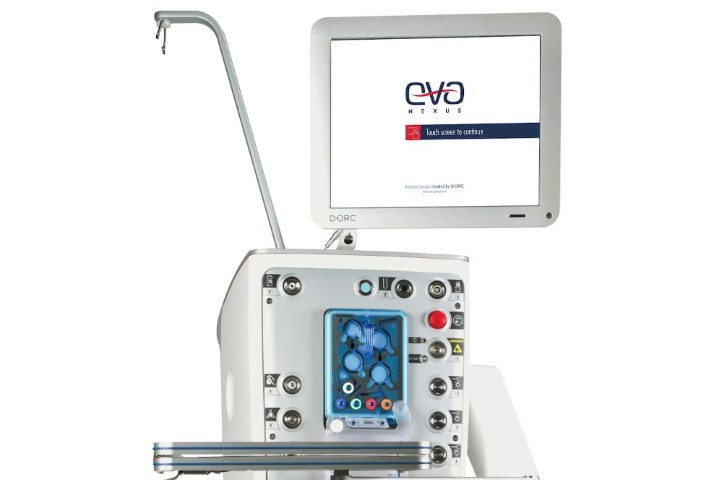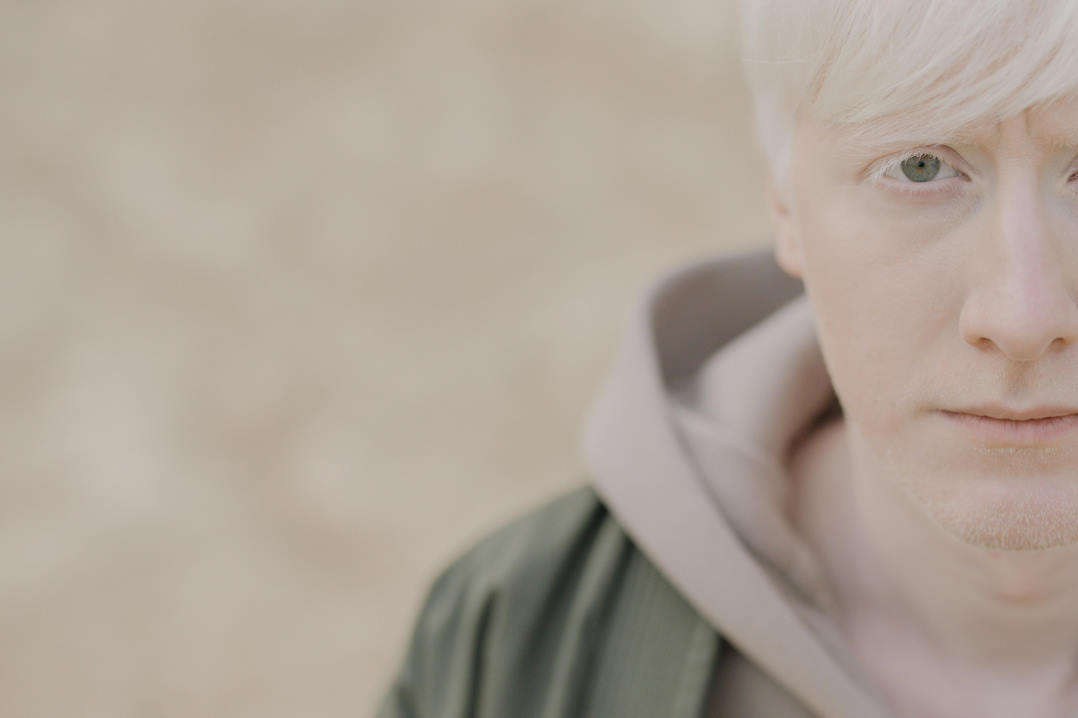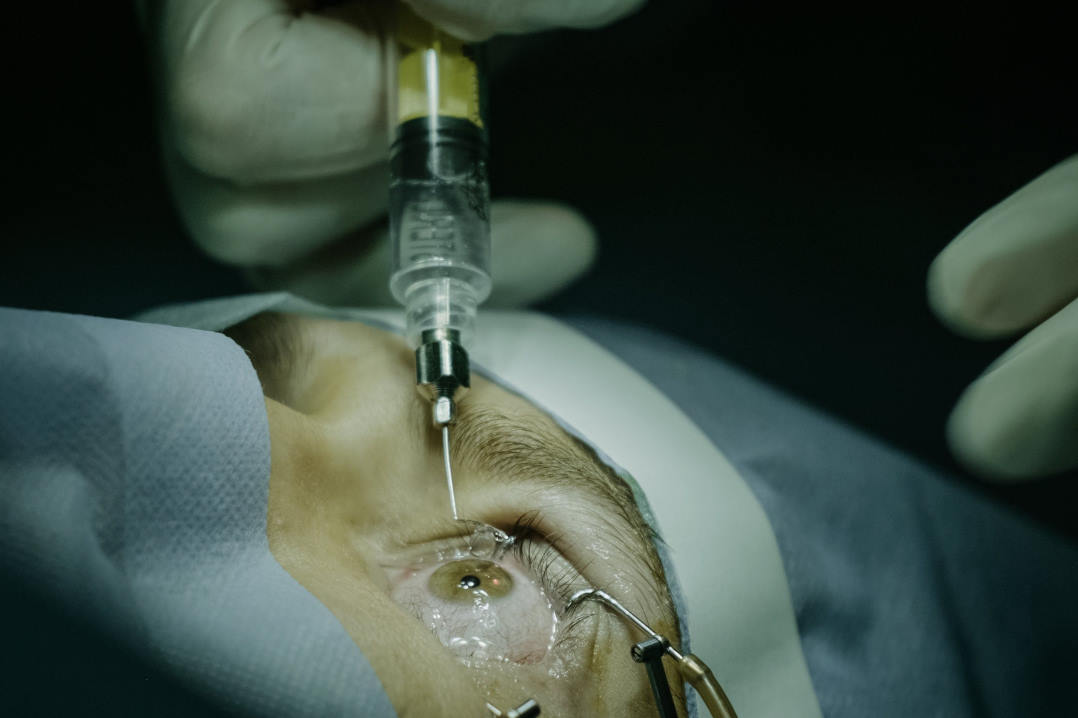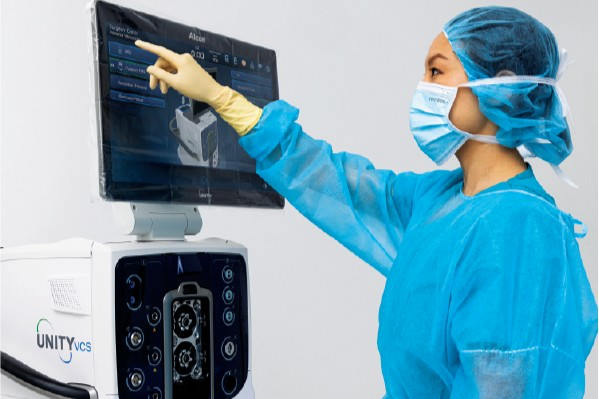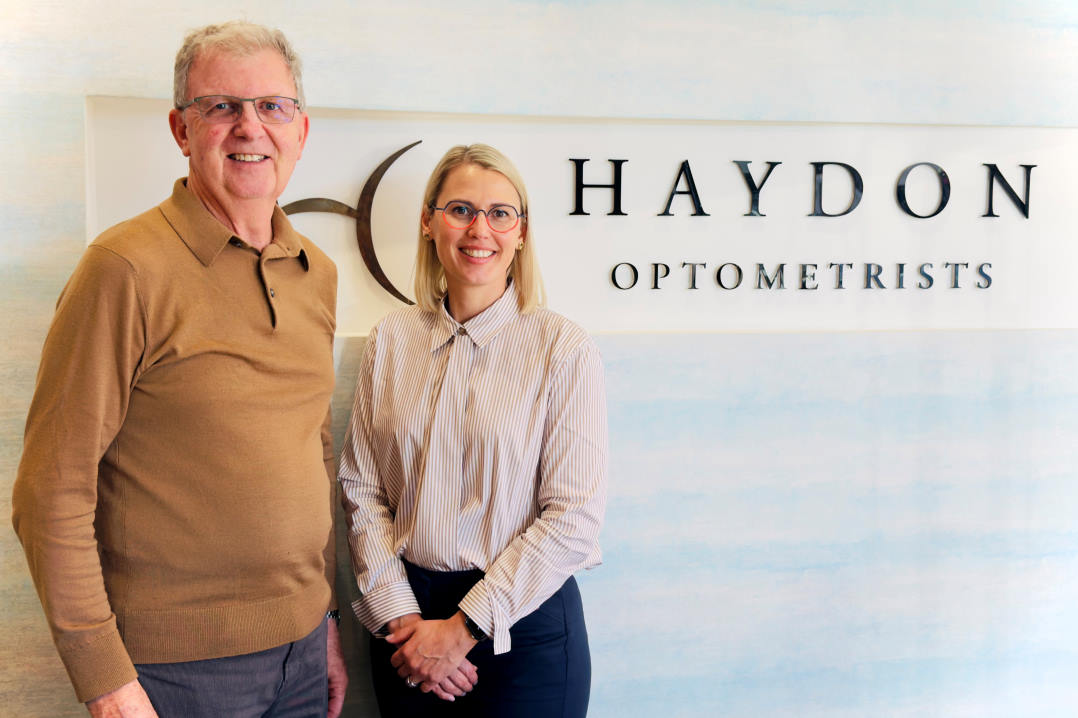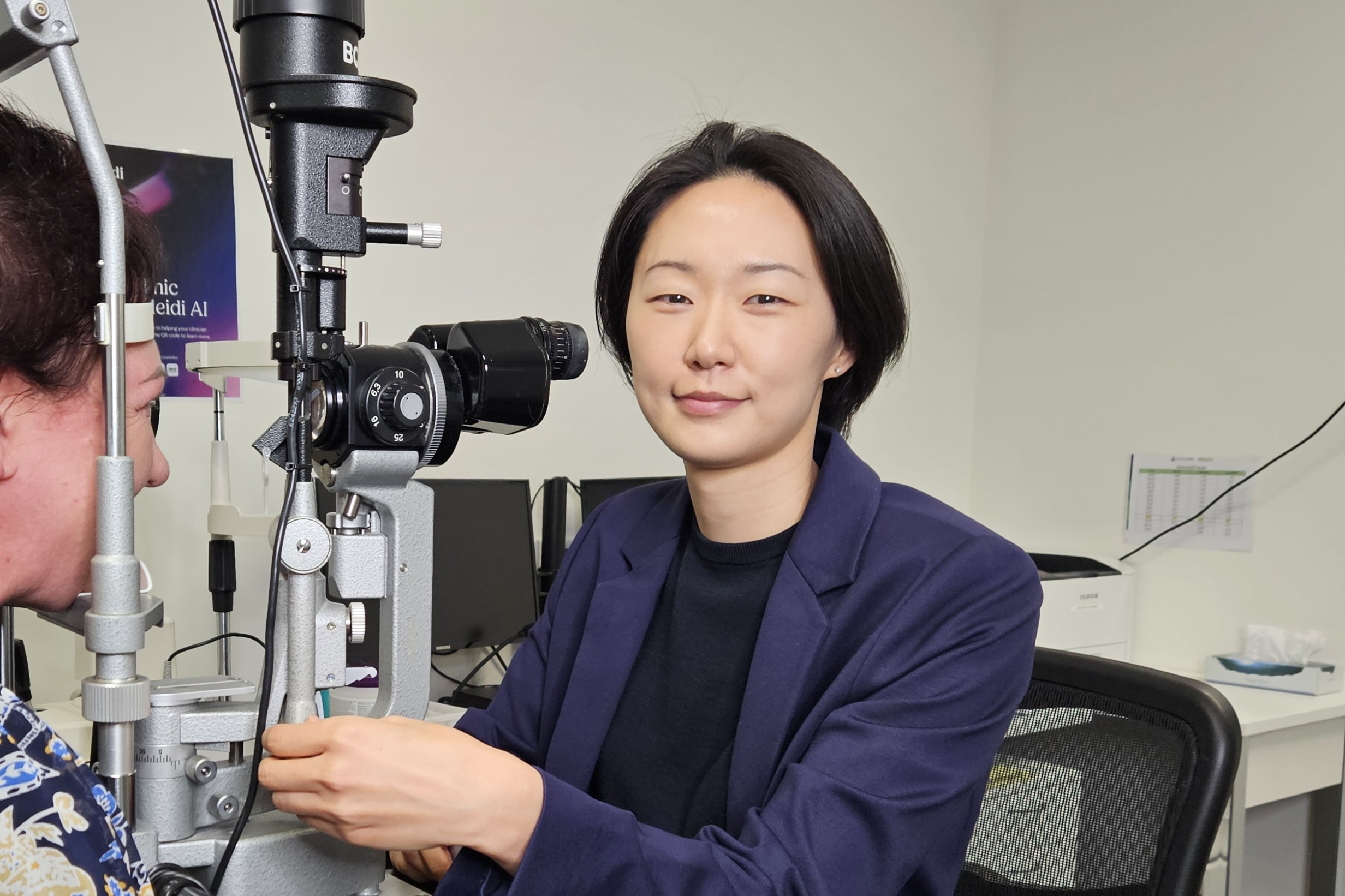Stress found to increase IOP in glaucoma patients
A randomised, controlled trial of primary open-angle glaucoma (POAG) patients showed their intraocular pressures (IOP) were significantly elevated when they experienced stress.
The study, published by Ophthalmology Glaucoma, included 39 POAG patients, of whom 18 were subjected to the Trier Social Stress Test (TSST) – a simulated job interview followed by mental arithmetic – and 21 were controls. All participants were submitted to a modified diurnal tension curve test (DTC) 1–4 weeks before randomisation, measuring IOP three times between 8am and 2pm over the course of a day.
The researchers observed a significant mean IOP increase when comparing IOP measurements taken during the DTC and immediately after the TSST (3.8mmHg right eye and 4.1mmHg left eye). Salivary cortisol and amylase levels, mean arterial pressure and heart rate also increased significantly after the TSST. Moreover, 11 of the TSST patients (61.1%) showed an IOP increase greater than 4mmHg following the test.
The researchers found no significant differences between the groups regarding age, gender, salivary cortisol and mean DTC IOP for the right and left eyes.
The findings highlight that not only can psychological stress elevate IOP but anti-stress therapies may consequently improve IOP control, authors concluded.












